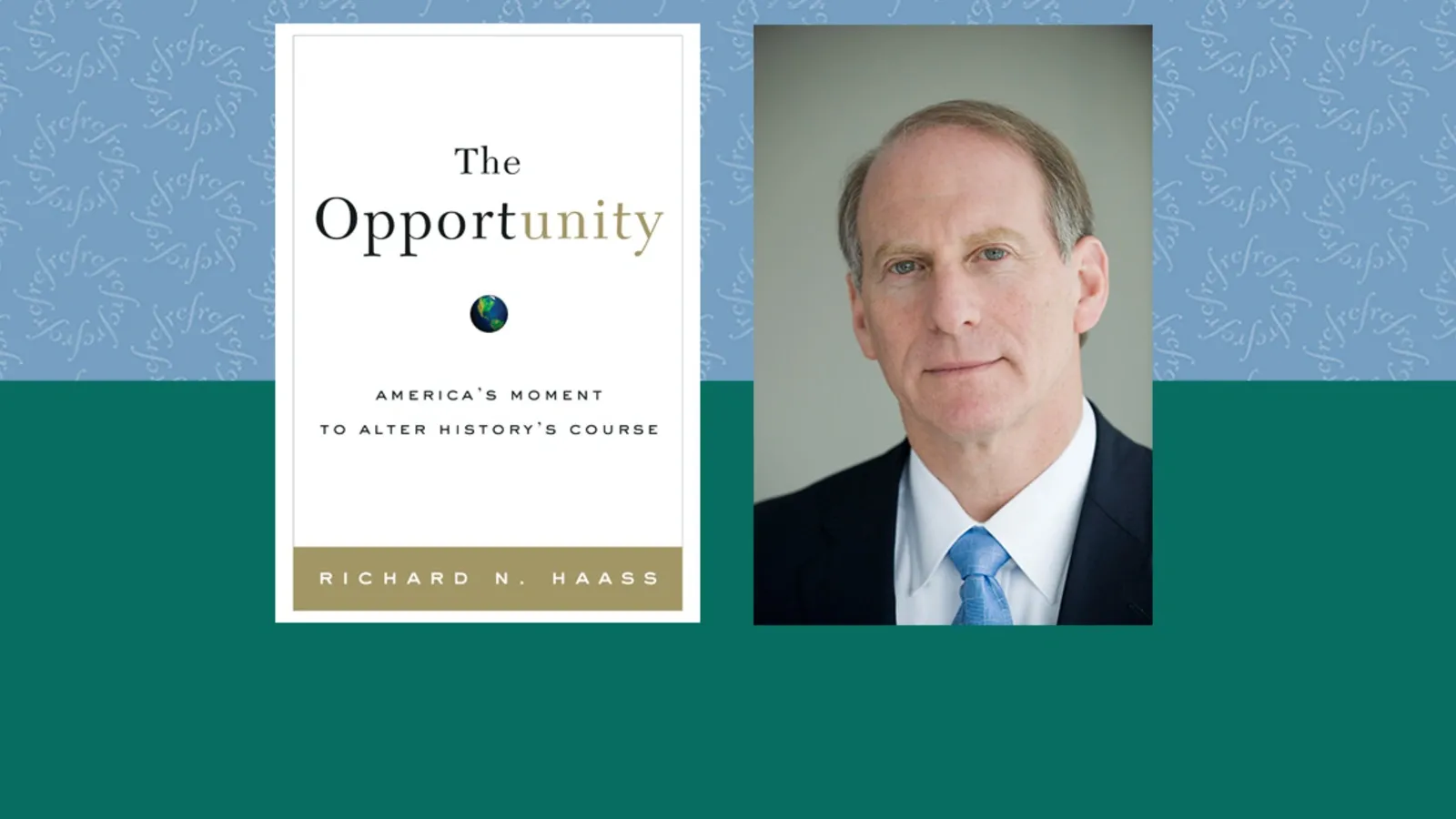The Opportunity

Introduction
In this book, CFR President Richard N. Haass offers a concise and engaging analysis of international relations and American Foreign policy in the post-Cold War era. Haass argues that the United States sits at a unique juncture in world history, one in which much of what it seeks to achieve in the world has the potential to be broadly acceptable to other major powers. Teaching notes by the author.
Summary
The Opportunity describes an unprecedented moment in which the United States has a chance to bring about a world where most people are safe, free, and can enjoy a decent standard of living. The book is suitable for general courses on international relations or American foreign policy, specialized courses on the theory and practice of international relations, and specialized courses on issues in American foreign policy.
The Opportunity will help students in an introductory undergraduate course understand the major issues and challenges in international relations and American foreign policy today. It identifies the trade-offs and dilemmas that American policymakers will confront as they decide how the United States should engage the world.
The Opportunity will enable students in upper-division courses to explore the nature of international relations and to assess the merits of contending strategies for guiding American foreign policy. It also provides students with the chance to evaluate contending theories of international relations.
Summary
General International Relations or American Foreign Policy Courses
Discussion Questions
- What are the principal features of today's international system?
- Does the United States need a foreign policy doctrine to help navigate the world? Why or why not?
- Define the doctrine of integration. What are its strengths, weaknesses, and the arguments for and against its adoption? Are there alternative doctrines you would suggest? What are their comparative strengths and weaknesses?
- How does the doctrine of integration apply to such challenges as terrorism? Nuclear proliferation? Global climate change? Free trade?
- Is it possible for the United States to accept or even support the rise of nations such as China and India and simultaneously promote its own interests? If so, how could this best be done?
- Assess the merits of the claim "The United States does not need the world's permission to act, but it does need the world's support to succeed."
Advanced Courses in the Theory and Practice of International Relations
Discussion Questions
- In order to lead an international trend toward integration, the United States government needs both the support of its own population as well as the support of the other major governments of the world. Given what some observers see as a rise of anti-Americanism in many places around the world, including among the United States's democratic allies in Europe, what steps should the U.S. government take so that leaders of the other major powers can be both willing and able to join the United States in facing transnational threats and opportunities without facing backlash from their own populations?
- What do you foresee as the major issues of political dispute among the U.S. population, media, and Congress if the U.S. president were to express his or her intent to implement a foreign policy dominated by the doctrine of integration?
- What are the arguments a president should use to convince the population and Congress of the merits of this doctrine?
- What are the arguments you would suggest a leader of a foreign government or U.S. Congressperson use in opposition to integration?